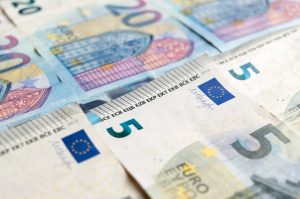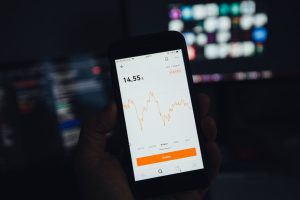Forex sales refer to the process of buying and selling foreign currencies in the global marketplace. The foreign exchange (forex) market is the largest financial market in the world, with an average daily turnover of over $5 trillion. Forex sales involve a wide variety of players, including banks, brokerage firms, corporations, hedge funds, and individual traders.
Forex sales are driven by the principle of supply and demand. The value of a currency is determined by its supply and demand in the market. When demand for a currency is high, its value increases, and when demand is low, its value decreases. Therefore, forex sales involve buying a currency when its value is low and selling it when its value is high.
Forex sales are usually conducted through a broker or dealer. The broker acts as an intermediary between the buyer and seller and facilitates the transaction. The broker charges a commission or spread for its services. The spread is the difference between the bid price and ask price of a currency pair. The bid price is the price at which a broker is willing to buy a currency, and the ask price is the price at which a broker is willing to sell a currency.
Forex sales involve trading in currency pairs. A currency pair consists of two currencies, and the value of the pair is determined by the exchange rate between the two currencies. For example, the EUR/USD currency pair is the value of the euro in US dollars. If the exchange rate of the EUR/USD pair is 1.20, it means that one euro is worth 1.20 US dollars.
Forex sales can be done through various trading platforms, including desktop, web, and mobile applications. These platforms offer various tools and features to help traders analyze the market and make informed trading decisions. Some of the common tools include charts, technical indicators, economic calendars, news feeds, and trading signals.
Forex sales involve various trading strategies, including day trading, swing trading, and position trading. Day trading involves buying and selling currencies within a day, while swing trading involves holding positions for a few days to a few weeks. Position trading involves holding positions for several months to several years. Each strategy requires a different approach to market analysis and risk management.
Forex sales also involve various risks, including market risk, credit risk, and operational risk. Market risk is the risk of losses due to changes in the market prices of currencies. Credit risk is the risk of losses due to the failure of a counterparty to fulfill its obligations. Operational risk is the risk of losses due to errors or malfunctions in the trading platform or other operational processes.
To mitigate these risks, traders use various risk management techniques, including stop-loss orders, limit orders, and hedging strategies. A stop-loss order is an order to close a position at a predetermined price to limit losses. A limit order is an order to close a position at a predetermined price to lock in profits. Hedging strategies involve taking positions in multiple currency pairs to offset the risks of one position with the gains of another position.
In conclusion, forex sales refer to the process of buying and selling foreign currencies in the global marketplace. Forex sales are driven by the principle of supply and demand and involve trading in currency pairs. Forex sales are usually conducted through a broker or dealer and involve various trading strategies and risks. To succeed in forex sales, traders need to have a deep understanding of the market, use effective risk management techniques, and stay updated with the latest news and events that can impact the market.





